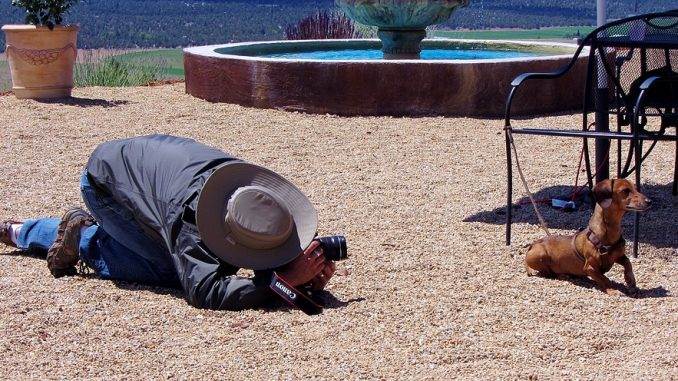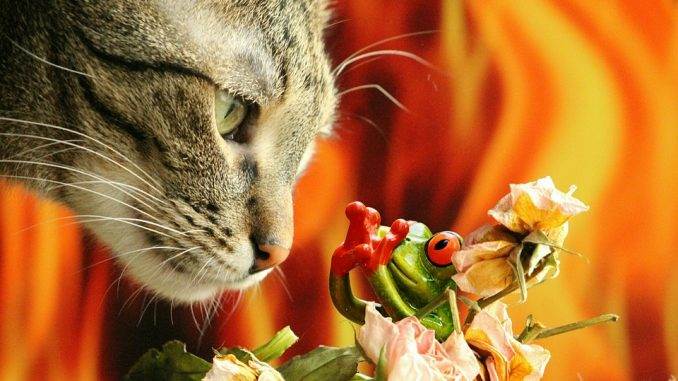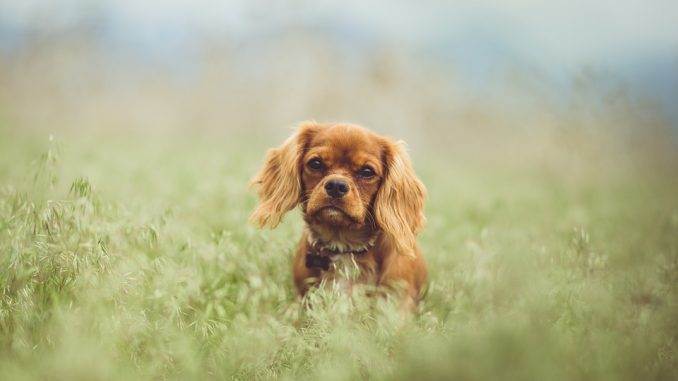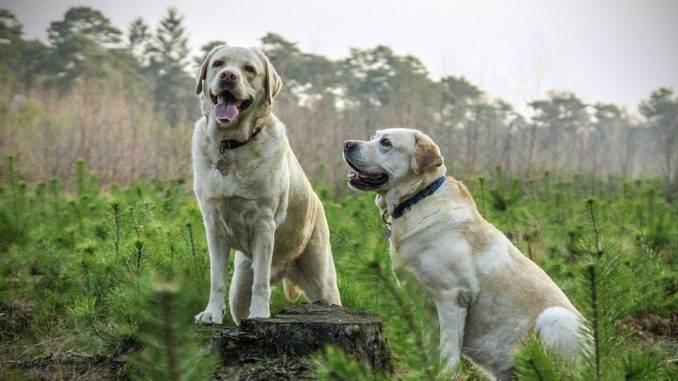Pets are bundles of love pure and simple and they’re part of the family. That’s why we love to take pictures of them and why professional pet photography is a growing industry.
Expect your pet to accompany you for a long time – the average life expectancy of a cat is 12 years, slightly higher for dogs, and some can live for 20 years and beyond! A lot of bonding can happen during that time.
Just as you have professional portraits taken of your children or any family member, it’s a beautiful thing to have a lasting visual memento that captures the essence of your dog’s or cat’s personality too. This is where pet photography has its place, in helping you preserve memories for years to come .
Once you’ve decided to get professional portraits of Buster or Tiddles done, it’s time to look for a suitable photographer. Pet photography is a niche market that takes an inordinate amount of talent, patience and empathy.
Clearly, the well-known WC Fields quote ‘Never work with animals or children’ doesn’t apply to professional photographers. The best ones are skilled at working their magic with a photo lens, producing stunning images of your furry friend that truly deserve the top spot above the mantelpiece.
Choosing the right photographer can be a time consuming business, but, according to Mike James – who works with London based photography specialists Boggio Studios, it essentially boils down to 3 key questions that you should explore before making the commitment.
-
Is the photographer experienced in pet photography?
Professional photographers come in all shapes and sizes, with different specialisations, styles and background. Some shoot a bit of everything – from weddings to newborns, pets to landscapes. This is fine – it shows the breadth of their professional experience – as long as they have a particular expertise in dealing with animal portraiture.
It really cannot be understand how important it is that the photographer understands animals, as he must be able to engage your cat or dog to get the best out of them. Every pet is unique, and just a general ability to be patient with animals is simply not enough – the photographer needs to be in tune with them.
If you’re not sure about the photographer’s experience in the field of pet photography, ask for client references, and obviously look at their past work. Are there any awards, magazine or blog features, or gallery representations? It all helps to build a comprehensive picture of expertise in this niche area.
-
Can you choose the location for the shoot?
To get the best photographic results, it’s essential for your pet to be as calm and relaxed as possible. Even the best pet photographer in the world won’t be able to get great shots if your dog or cat is unhappy or stressed. As you know your pet best, it makes total sense for you to be able to choose the best location for the photo shoot. Any reputable pet photographer should be OK with this.
Take studio photography, for instance. This may be convenient for the photographer but it may be completely the wrong environment for your pet. The unknown space could make them nervous, the studio set up with bright lights may make them fearful, while sitting quietly in one spot may be totally impossible to achieve.
Just because the studio set up has the best equipment, lighting and so on, it doesn’t mean that this is where the best photos will be taken. That said, a secure studio space may be perfect for cats, puppies or older dogs. Only you will be able to decide.
Location photography, usually outdoors, is the other alternative. A garden, local park, beach or landmark may provide the perfect backdrop for pet photography. Dogs who thrive on outdoor play and exercise may find this the happiest environment to have their picture taken.
-
Are you all on the same wavelength?
Communication is everything. Make sure you discuss your photography project with your prospective pet photographer in detail. Decide on the best location for the shoot, clarify how exactly the photo session will work and the sort of results you will want to achieve.
Talk about deliverables and price, so there’s no confusion about the agreement.
Schedule a pre-shoot session, ideally with your pet, so that everyone can get to know each other in advance of the photo session and potential problems can be nipped in the bud early. Most of all, do what your pet would do: go by instinct.
If something doesn’t smell right, don’t go there. But if you feel that your pet photographer is on the same wavelength as you, it’s a great start for a successful photography project.





Leave a Reply